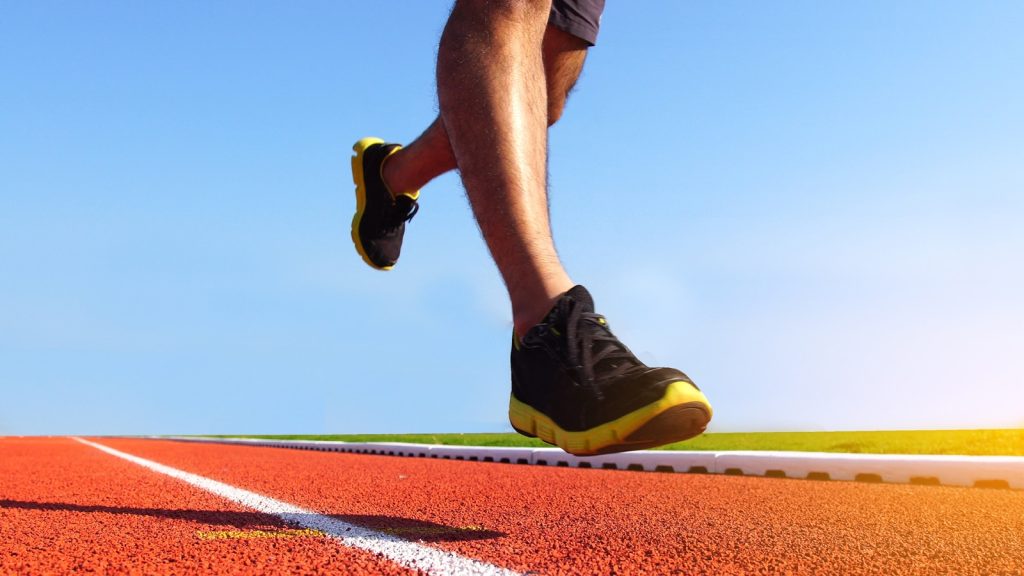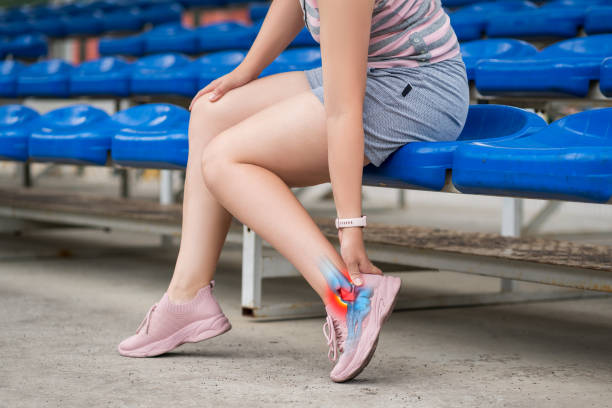Podiatry for Runners – Preventing Injuries and Improving Performance
If you’re thinking of starting a running regime or you are new to the sport, it’s best to start off slowly and build up your weekly distances gradually. This will reduce the amount of strain placed on your feet and ankles which in turn can prevent overuse injuries.
Podiatrist Ivanhoe are experts in running assessments and can offer tailored advice to ensure that you progress safely in your training. A typical assessment includes a biomechanical evaluation of your gait pattern and a strength and flexibility assessment for your foot and ankle.

Preventing Foot Injuries
Runners that push themselves too hard can develop stress fractures. These are painful and serious injuries that can require lengthy periods of time off running. A podiatrist can help a new runner establish appropriate training goals that allow the body to gradually build up to the desired distance. This reduces the risk of injury as well as increasing running speed and distance over time.
Podiatrists can also assess the quality of a new runner’s footwear and ensure that it is fitted properly. Shoes that are too tight or loose can damage the toes and cause unnecessary friction that leads to blisters. It’s also important for shoes to have adequate cushioning that absorbs the impact of foot strike and prevents excessive pressure on the feet and lower limbs.
A podiatrist can recommend the best shoes for each runner based on their unique foot and lower leg biomechanical assessment. This will include an in-depth analysis of the way your foot strikes the ground and how it moves through the gait cycle.
Often podiatrists who run themselves have a passion for treating runners and understand the injuries and frustrations that can come with the sport. They can also provide detailed advice on how to improve your technique and performance as a runner. This helps to minimise the risk of injury and improves your enjoyment of the sport.
Preventing Shin Splints
Runners that take their foot care seriously, have proper footwear and see their podiatrist regularly are much less likely to be sidelined with running injuries. If a runner experiences foot pain that persists, they should seek help from a podiatrist as it may indicate a serious injury that will keep them from achieving their athletic goals.
A podiatrist will assess a runner’s running style, gait and posture to determine if they are putting too much stress on the feet. They will also advise on footwear that is best suited to the runner’s needs. Developing a good running technique and having the correct footwear can dramatically improve a runner’s ability to run farther, faster and reduce injuries that are associated with the sport.
Runners that are new to the sport are at greater risk of developing foot injuries and need a podiatrist to help them get off to a great start. If a new runner experiences foot pain they should ease back on their training and see how their feet respond to a little rest. If the pain continues it’s a sign that it’s time to consult a podiatrist who is well versed in running footwear and training techniques and can quickly assess whether the runner has a stress fracture which is one of the most common foot injuries for new runners.

Preventing Runner’s Knee
Runners love running because it is a great way to exercise and stay in shape. It can also be a great stress reliever and provide a healthy social outlet. However, as any runner knows, it can be very hard on the feet and legs.
Whether you are looking to increase your mileage or you’re training for your first marathon, it is important to keep up with proper foot care and see your podiatrist to prevent running-related injuries. If left untreated, these injuries can lead to more serious problems down the road that will keep you from reaching your goals.
Many running-related injuries are caused by improper footwear or the wrong shoes for your feet and gait. A podiatrist can advise you on the best running shoes for your needs and recommend a style that will help prevent injury and enhance your performance.
Runner’s knee, or patellofemoral pain syndrome, is a common running injury that affects the front of the knee. It happens when the patella (knee cap) rubs against the lower joint of the femur, most often because the knee is bent too far during running or from high-impact activities such as lunges or plyometric training. Poor running technique may also contribute to runner’s knee, so it is important to focus on correct form when running. This is especially true for new runners.
Preventing Plantar Fasciitis
Running is a popular activity for people who are looking for a low-cost, solitary form of exercise. Many people discover that it puts them in a great headspace, and even better, they can set their own pace. However, it can also put considerable demands on the feet, legs and back. If not managed properly, these forces can result in injury.
Plantar fasciitis is a common foot condition for runners that causes heel pain. The condition occurs when the plantar fascia gets stretched and tightened as you run. As a result, the tissue starts to develop tiny tears in the arch area. The heel then becomes sore when you stand or walk. Luckily, the condition can be prevented by having a good running technique and wearing appropriate footwear.
Your podiatrist will be able to assess your running shoes and the way that you run. They can make recommendations about the type of shoe that will best suit your needs. They can also recommend stretches and exercises that can help strengthen the muscles in your feet and ankles.
A podiatrist can also conduct a biomechanical assessment to see if your feet and lower limbs are aligned correctly for running. This can help to prevent injuries such as shin splints, runner’s knee and plantar fasciitis. It can also help to improve your running performance by reducing your risk of injury and improving your overall quality of running.
